eWave is a cutting edge neurofeedback & biofeedback system, designed to meet the needs of researchers and practitioners alike.
Available in configurations of 4, 6, or 8 high resolution & low noise recording channels.
Provides a wide input sensitivity to record various bio-signals such as EEG, EMG, ECG, and EOG.
External body sensors can be connected in order to record various biological signals.
To complement the eWave, ScienceBeam offers the intuitive eLife Software, specifically designed for seamless visualization and analysis of recorded signals, ensuring a smooth user experience.
24 bit analog to digital converter
Battery (Lithium, 3.7 V), Battery Charger 5 V
Bluetooth, 1 Mb/s, up to 10 meters
Powerful and flexible software for data recording and bio-signal analysis
Lightweight, and easy to use
Compatible with many games and videos for neuro/biofeedback therapy
Neurofeedback is a novel non-invasive and drug-free method for achieving peak mental performance. By recording brain activity (EEG) from the scalp, this technique provides real-time feedback through games, videos, or sounds. Through engaging activities like playing games or listening to music, your brain naturally learns to adjust its activity to more optimal patterns, promoting self-regulation and improved functionality.


Neurofeedback is suitable for all ages—from children with learning challenges to adults seeking peak performance, and even elders maintaining cognitive health. It can help with:
Think of it as a “gym” for your brain, which enhances attention, cognitive abilities, and emotional well-being.
During a session, sensors are placed on your scalp to record brain activity. While you watch a movie or play a game, your brain receives real-time feedback through these interactive experiences. Without conscious effort, the brain self-regulates, reorganizing its neural connections to improve performance.
This scientifically validated method empowers the brain to reduce unwanted symptoms and achieve greater balance and functionality—like learning to ride a bike using feedback from gravity.
Enhancing Work and Athletic Performance
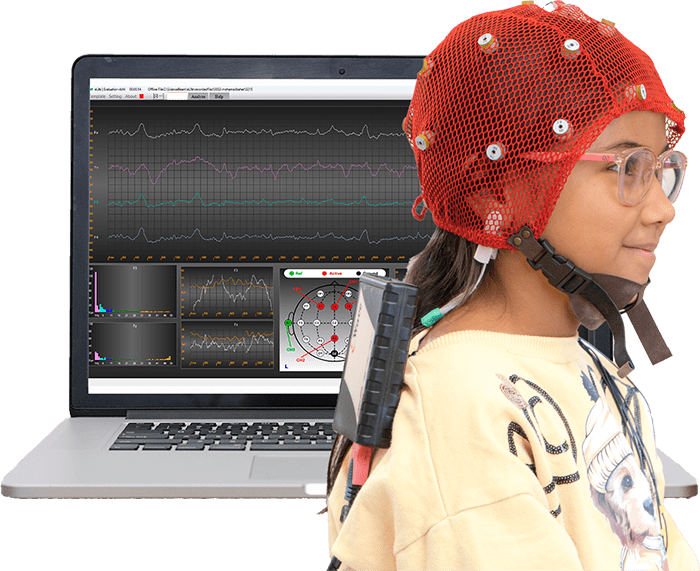
eLife is a flexible and user-friendly software providing you with everything needed for neurofeedback & biofeedback therapy.
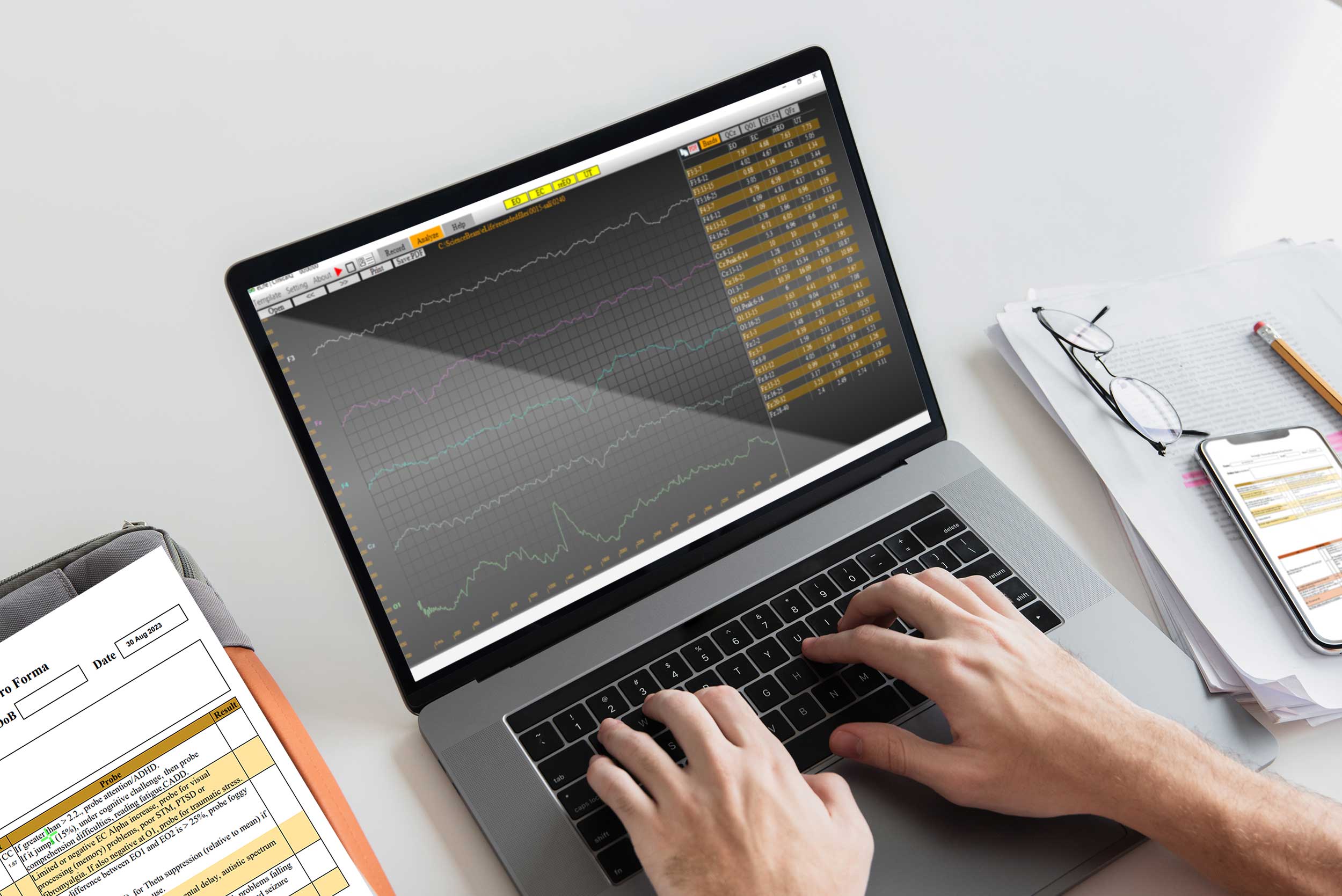

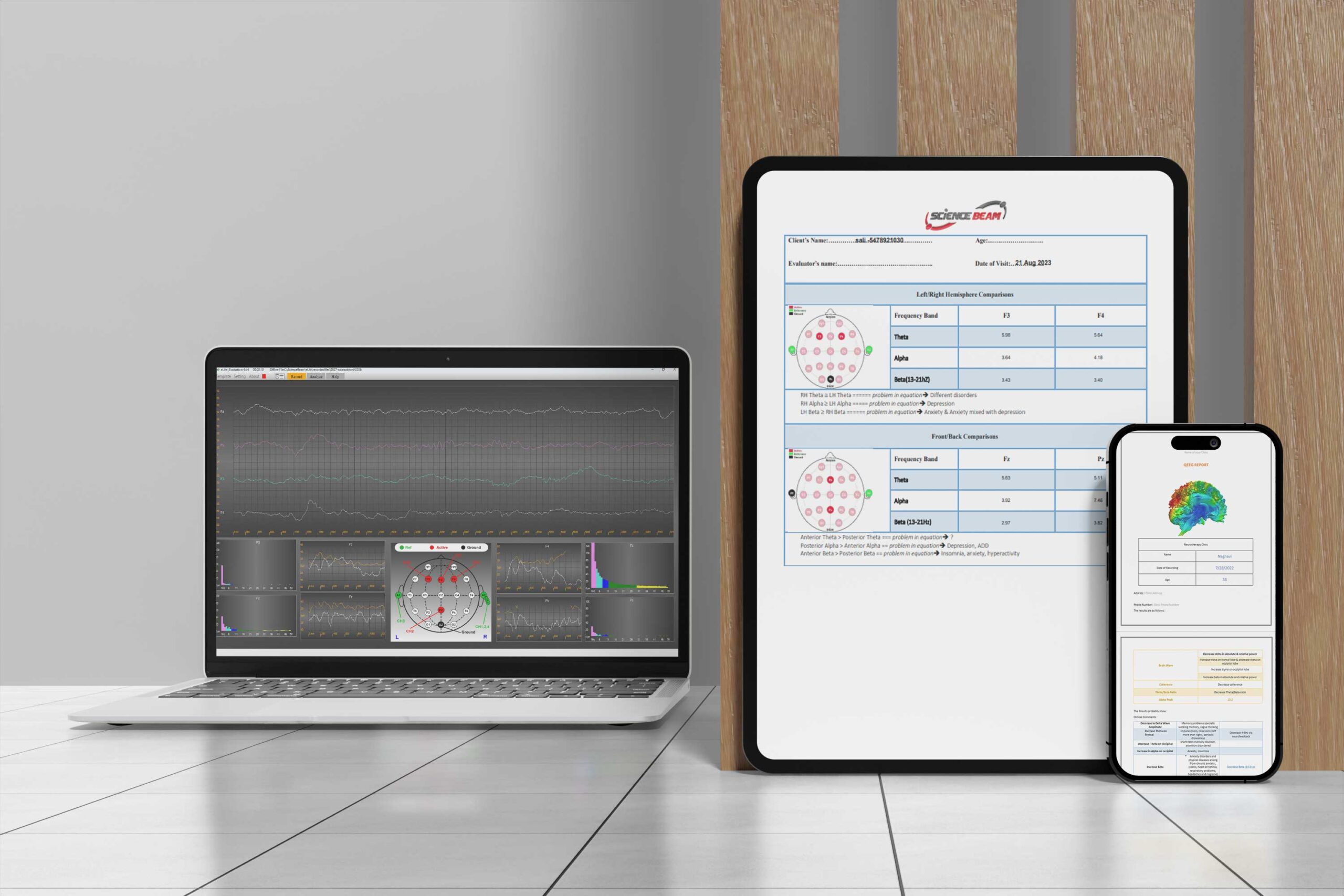
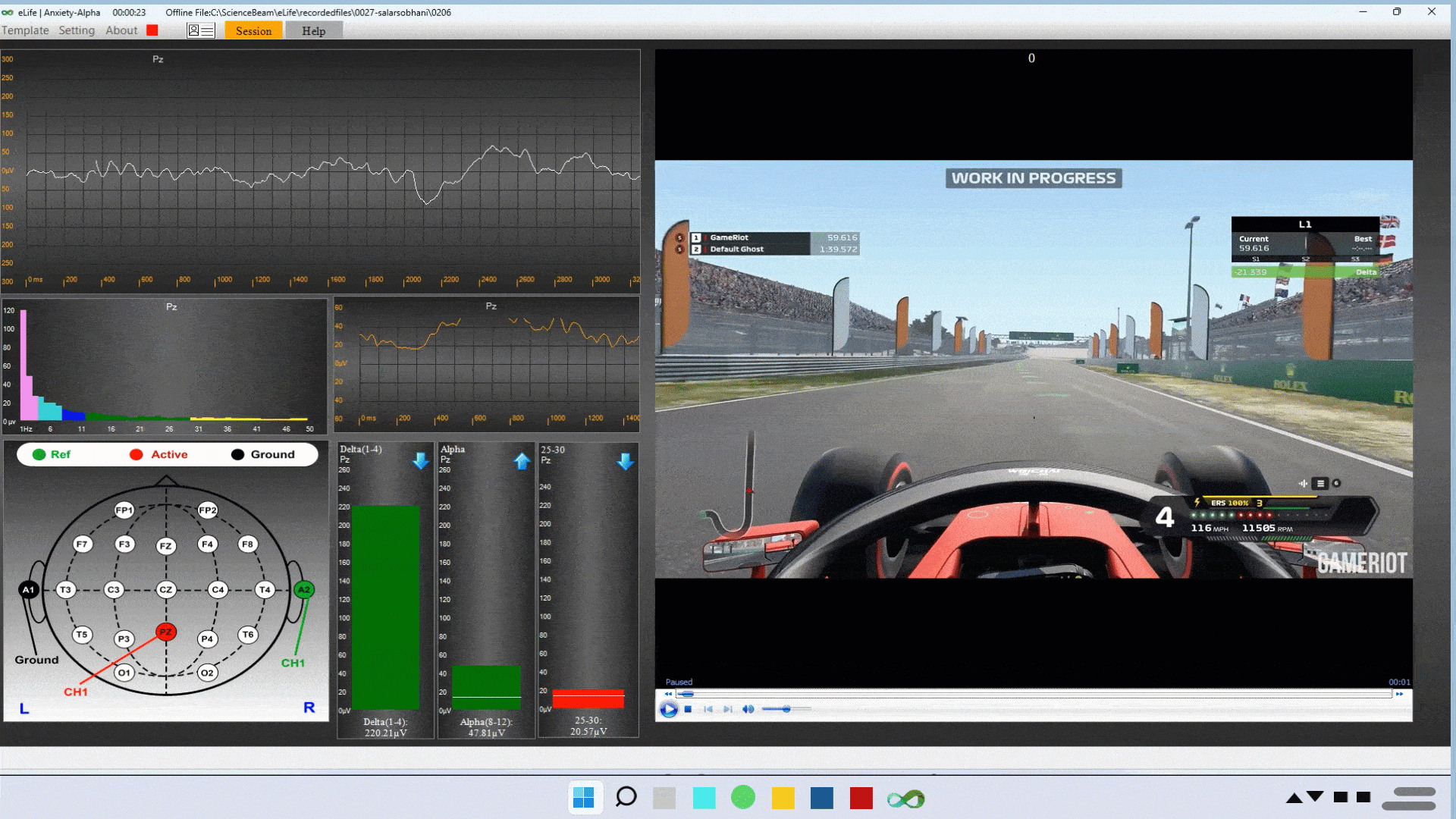
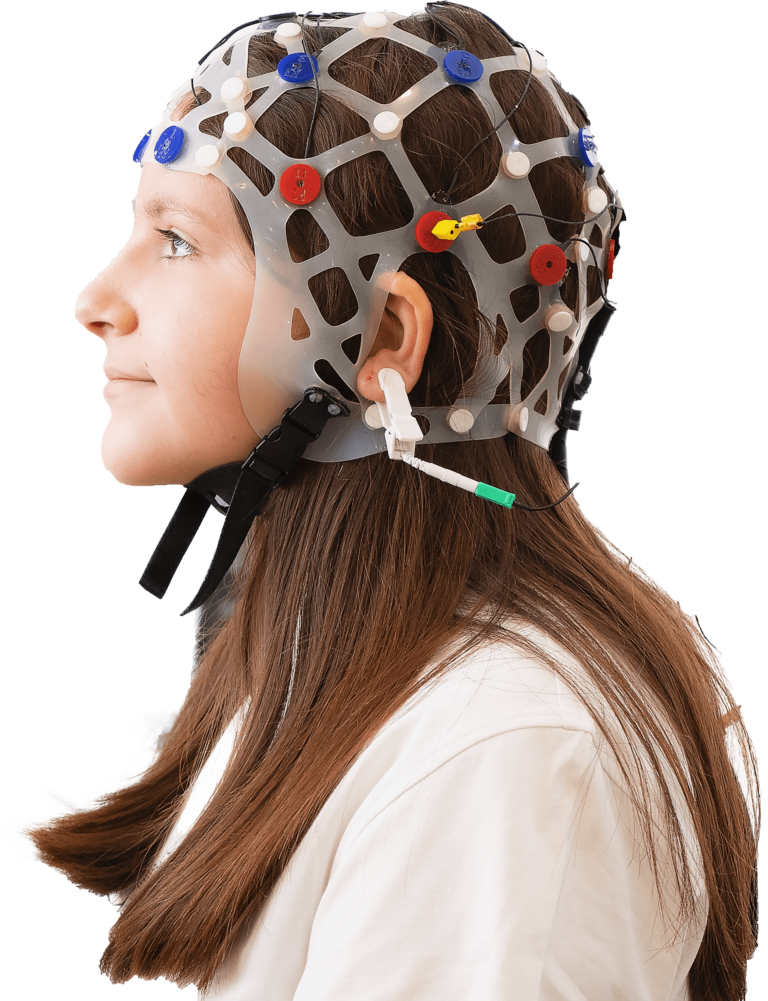
Click one of our contacts below to chat on WhatsApp